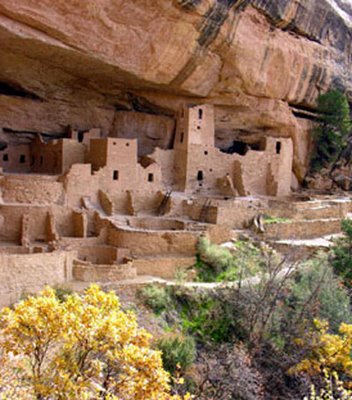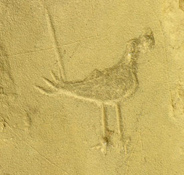Anasazi

Over the past week we have made a loop around
 We were awed by the stonework and the petroglyphs, but frustrated by the small museums in each location. Only at Mesa Verde is there much Anasazi pottery or other artifacts on display. Each museum boasts its own disclaimer that its exhibits are out of date and require revision. Recently, archeologists and anthropologists have come to believe that the people who inhabited these sites – collectively referred to as the Anasazi – did not just disappear, as previously thought, but migrated east and south to settle in pueblo communities in Arizona and New Mexico, eventually becoming the Hopi, the Zuni, and other tribal groups. With this change in theory came the change in attitude toward archeological findings: human remains were ancestral and must be returned to the descendent tribes, and all artifacts that were found in burial sites were sacred and must not be displayed.
We were awed by the stonework and the petroglyphs, but frustrated by the small museums in each location. Only at Mesa Verde is there much Anasazi pottery or other artifacts on display. Each museum boasts its own disclaimer that its exhibits are out of date and require revision. Recently, archeologists and anthropologists have come to believe that the people who inhabited these sites – collectively referred to as the Anasazi – did not just disappear, as previously thought, but migrated east and south to settle in pueblo communities in Arizona and New Mexico, eventually becoming the Hopi, the Zuni, and other tribal groups. With this change in theory came the change in attitude toward archeological findings: human remains were ancestral and must be returned to the descendent tribes, and all artifacts that were found in burial sites were sacred and must not be displayed. The ruins are starkly beautiful in their own right, their locations remote and wild. It is difficult to conjure up an image of what they were like when heavily populated. Each artifact enriches the imagination. We wish there had been more of them to see.
The ruins are starkly beautiful in their own right, their locations remote and wild. It is difficult to conjure up an image of what they were like when heavily populated. Each artifact enriches the imagination. We wish there had been more of them to see.




0 Comments:
Post a Comment
Subscribe to Post Comments [Atom]
<< Home